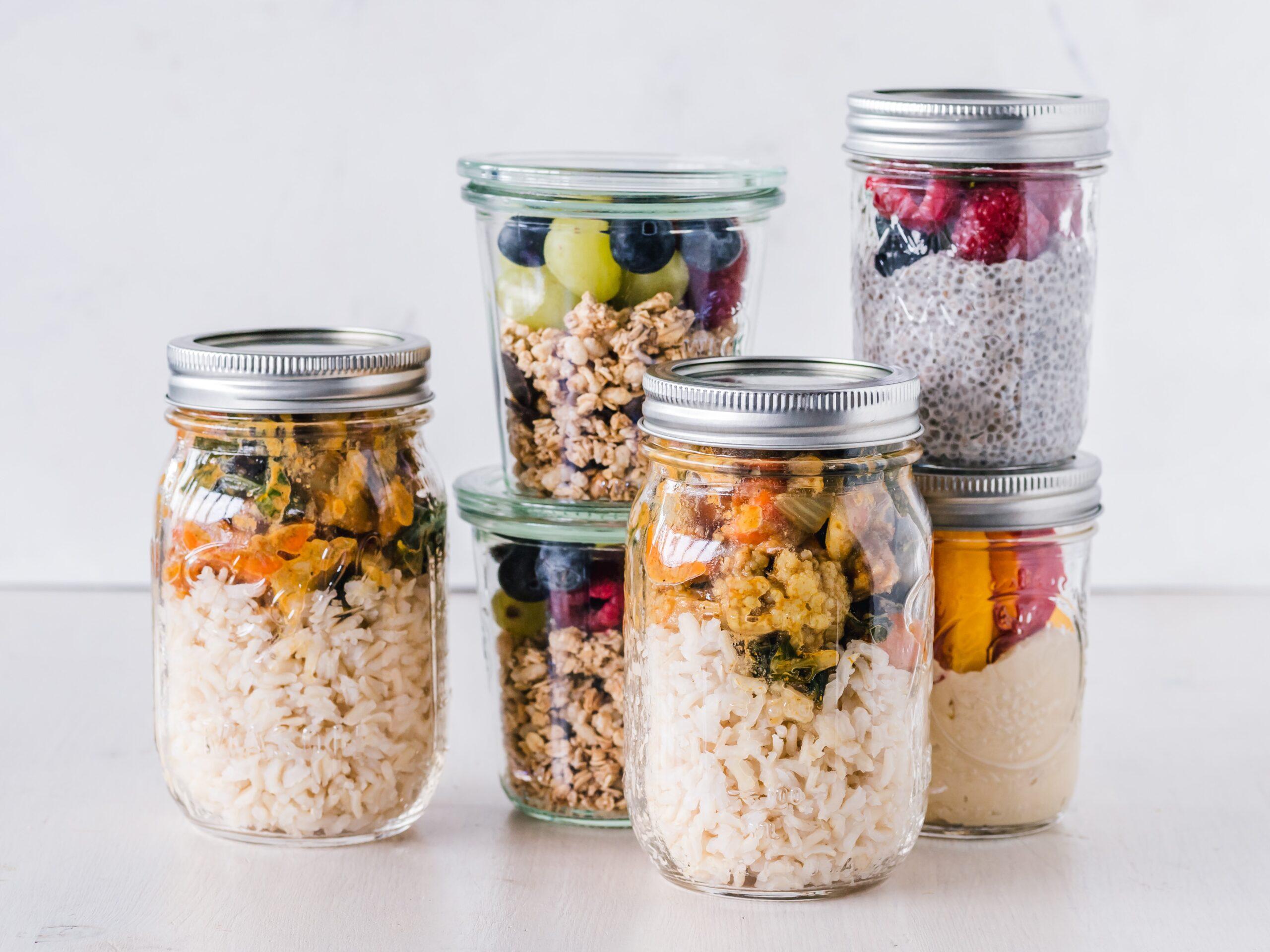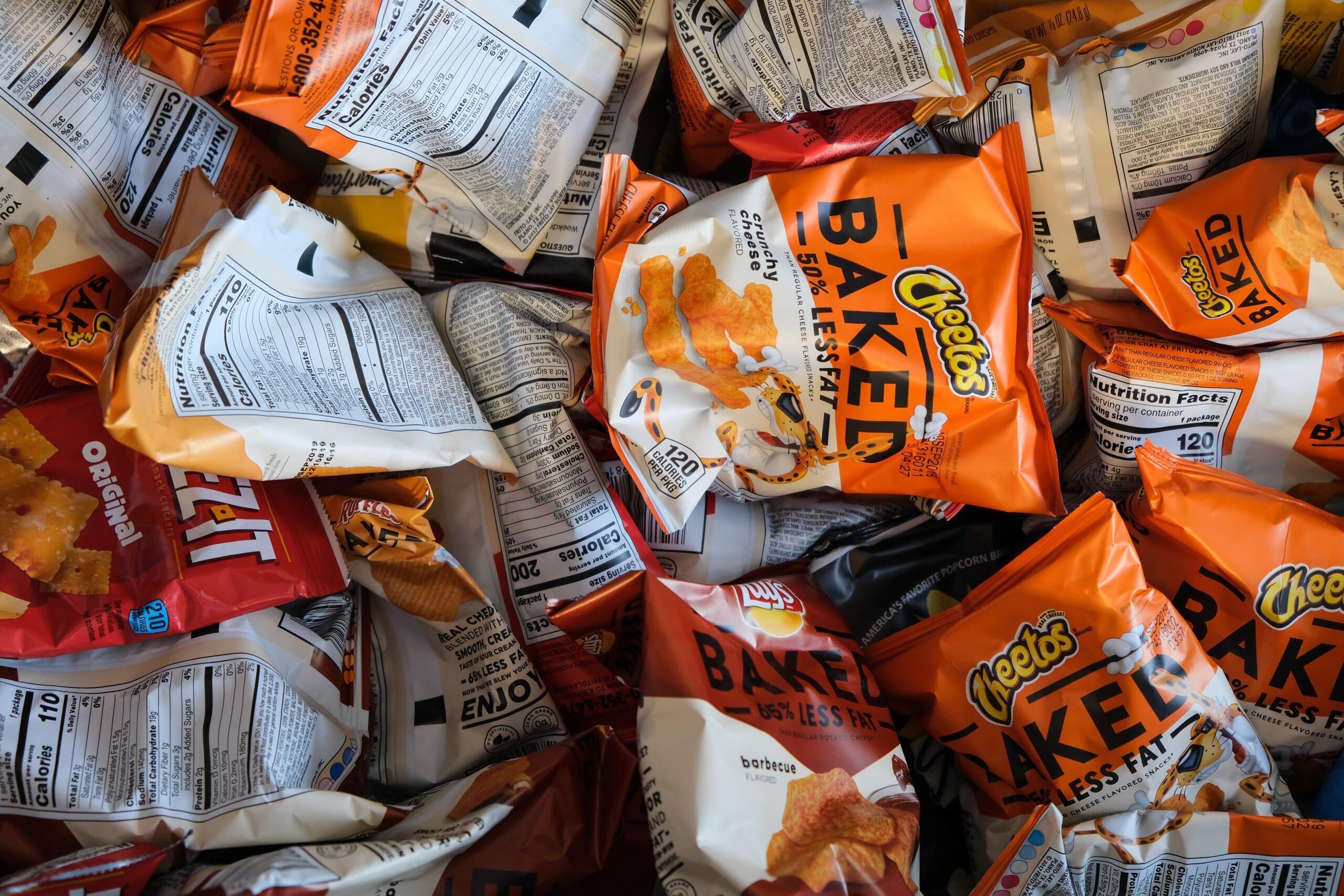There’s a hidden nutritional deficiency in the country that may be leading to conditions like attention deficit hyperactivity disorder and behavioral issues in children, and even long-term conditions like cardiovascular disease and diabetes in adults. It’s a major lack of the omega-3 fat, DHA, in the diet. In fact, on average people in the United States have one of the lowest intakes of DHA in the world.
What is DHA?
DHA is a long chain, omega-3 fat. It’s also an important structural component of the nerve cells in the brain and eyes and a key component of heart tissue.
The Health Benefits of DHA
You have probably heard about DHA thanks to increasing news reports on the health benefits for expecting mothers and infants. In addition to helping with visual and brain development in utero and in infants, DHA appears to reduce postpartum depression in new moms.
While intakes of DHA may be adequate in young babies because of fortified formulas and the use of prenatal supplements by nursing moms, after the age of 1, intakes fall off significantly. When children are weaned from breast milk or formula to table foods, milk and other beverages, their intake of DHA can drop as much as 84 percent. In fact, the average intake for 1 to 4 year olds nationwide is only 23 mg, although research suggests that at least 100 mg each day and even as much as 212 mg a day is important for optimal brain development in young children. Studies show that increased DHA intake results in better scores on tests for comprehension and hand-eye coordination.
Finding DHA
As dietitians, we see this shortfall daily in our practices, with little knowledge of it by parents. The reason for the shortfall is that most foods and beverages do not contain significant amounts of DHA. And we must consume DHA, because as an essential fatty acid, our bodies cannot make it. Fatty fish is one of the few natural, rich sources of DHA, but many kids do not eat much fish, especially at the early ages of 1 to 4 years old. While many parents know that fish have health benefits, they often have a difficult time getting their kids to eat fish or assume their children won’t like it.
Fortunately, many types of foods available today have DHA added to them, giving parents significant options for getting more of this important nutrient into their children’s diets. For example, certain varieties of yogurt, milk, soymilk, granola bars and even eggs are fortified with DHA (see the “DHA-Fortified Foods” listed for additional guidance). Interestingly, many of these foods contain a vegetarian source of DHA. Fish, meanwhile, get DHA from the algae they eat. By using the algae’s DHA— identified on the label as life’sDHA— food manufacturers are able to provide non-fish options for incorporating DHA into a family’s diet.
Parent Tips
There are plenty of proactive steps that you can take to ensure your children get ample DHA.
- Cook fish in a way that pleases children’s palates. Use sauces like teriyaki, honey mustard or ketchup that appeal to children’s taste buds. Top the seafood with bread crumbs and bake.
- Look for DHA-fortified foods at the grocery store. They taste the same as the regular varieties and come in versions and flavors catering to children’s palates such as chocolate soymilk and strawberry yogurt.
- Consider a DHA supplement for your child. Spectrum makes a children’s DHA chewable with 125 mg/soft gel, and thanks to using DHA from algae, rather than fish, there’s no fishy aftertaste.
DHA-Fortified Foods
- Minute Maid Pomegranate Blueberry Juice, 50 mg/cup
- Horizon Organic Milk with DHA, 32 mg/cup
- Silk Soymilk Plus DHA, 32 mg/cup
- Yoplait Kids, 16 mg/4 oz.
- Rachel’s Wickedly Delicious Yogurt, 32 mg/6 oz.
- Cabots 50% Reduced Fat Cheddar Cheese with Omega-3s, 32 mg/oz.
- NuGo Organic Nutrition Bar, 32 mg/bar
- Gold Circle Farms DHA Eggs, 150 mg/egg




